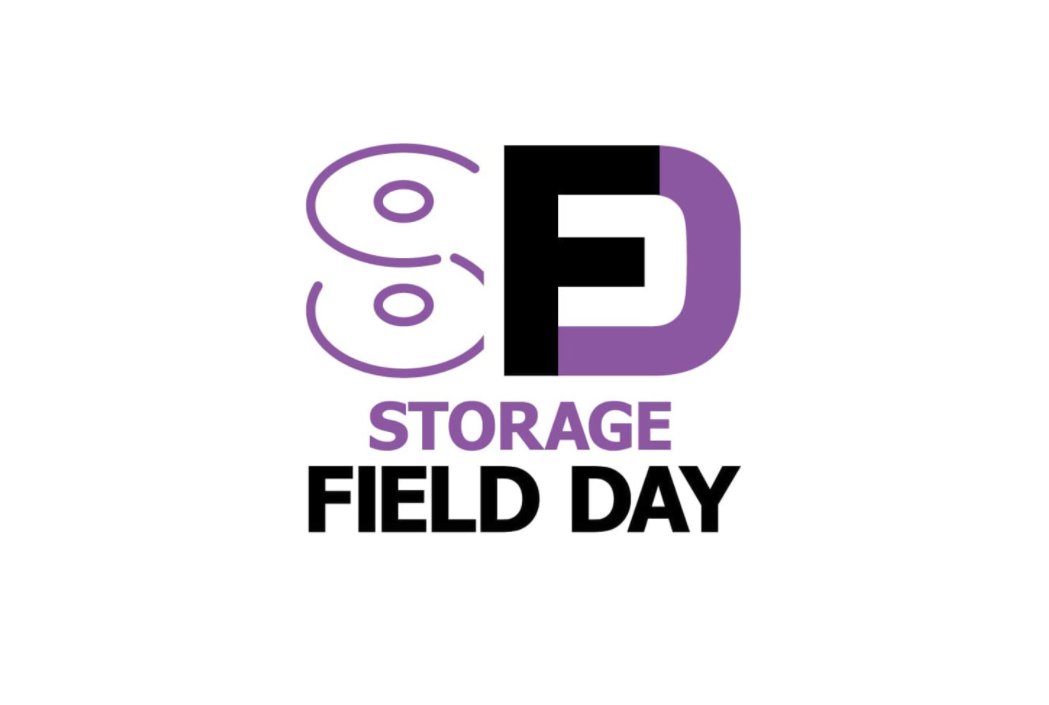Storage Field Day Session #4: Hybrid Cloud

We got crunched for time at the end of our SFD slot. Given how important the hybrid cloud story is to our future, I probably shouldn’t have left it for last. Too many great questions threw us off our schedule and we arrived at the start of the section with not enough time to do it justice.
So what did we do? We wrote a long blog post making sure we covered the key points. It is well worth the read. Here is the net of it:
- To win the hybrid cloud, you have to be a player—if not the outright leader—in four of the five hybrid cloud categories: your public cloud, other public clouds, private clouds, Kubernetes platforms (Tanzu, Ezmeral, OpenShift) and the edge.
- MinIO is a player (even the leader) in almost every category and has the stats to prove it.
- The net of it is: if you want to beat AWS in the battle for hybrid cloud dominance you need to be better than them in Azure/Google, Tanzu/OpenShift, the private cloud (their offering is something called Outpost) and the edge.
You don’t have to be better than AWS on AWS. It is only a fraction of the hybrid cloud equation.
You just have to be better than AWS outside of AWS.
That is not only achievable - it is what is happening for MinIO.
MinIO is winning the hybrid cloud today because it is better than AWS in four out of five of the components. The same goes for Azure and GCP.
MinIO isn’t just interested in winning private cloud object storage—we want to win hybrid cloud storage (you don’t need the object part because object is already the dominant storage type on the cloud).
Again, the blog post takes you deep, whereas this session just scratches the surface. Our lesson. Next year we lead with that.
That’s a wrap. Four sessions, four writeups. I hope you enjoyed reading them as much as I did writing them! As always, download our code and take it for a spin. If you need help, ask an expert, check out the pricing page or join the Slack channel.
The fourth section for your viewing pleasure:






